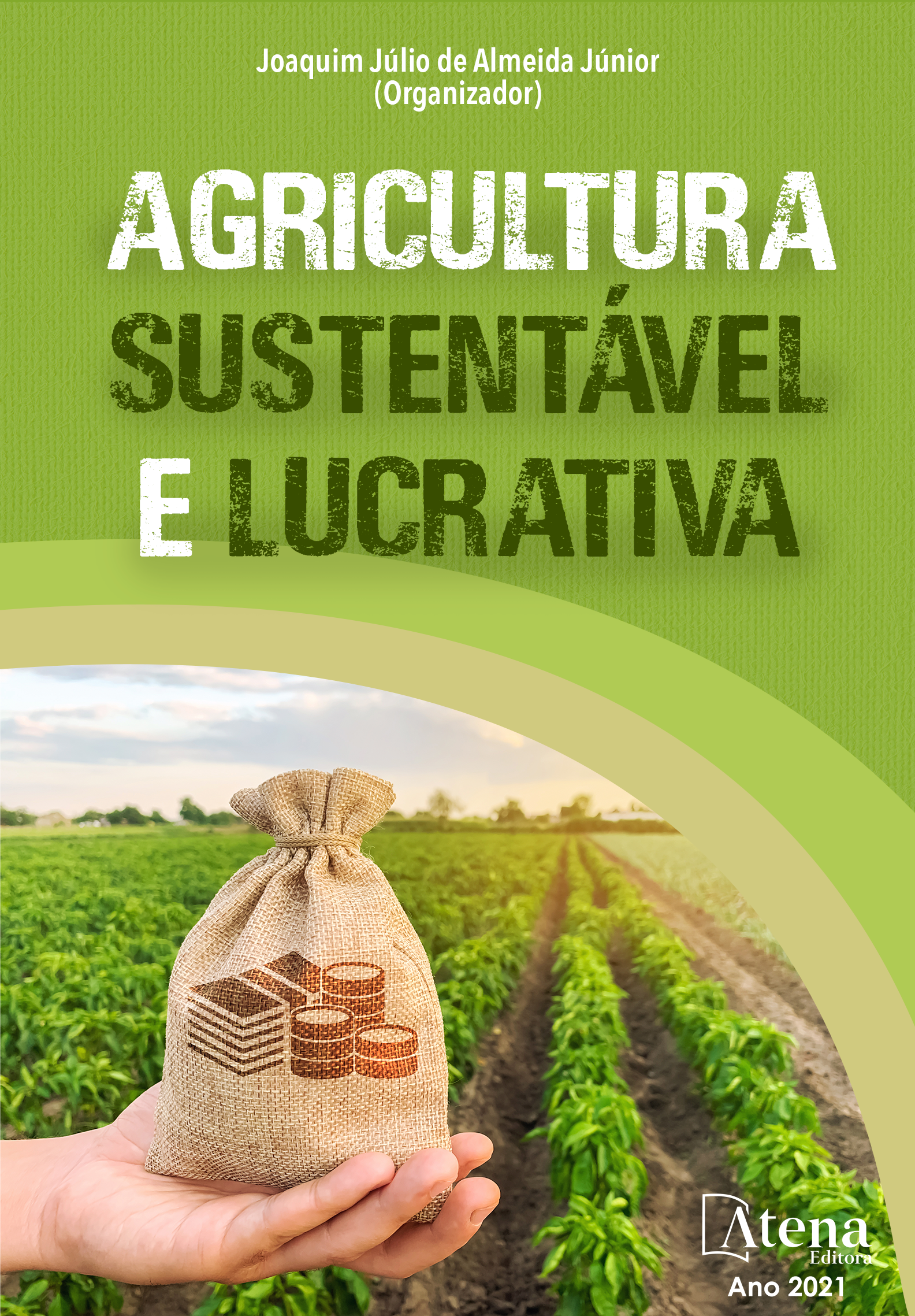
SEGUNDA SAFRA DE MILHO IMPLANTADO NO CENTRO-OESTE DO BRASIL COM A UTILIZAÇÃO DO REMINERALIZADOR MICAXISTO COMO FERTILIZANTE
O presente trabalho teve como objetivo utilizar o remineralizador micaxisto FMX como mais uma opção de fertilizante para cultura do milho implantada na região do Centro-Oeste brasileiro. O experimento foi conduzido na segunda safra do ano agrícola de 2020, na Fazenda Panamá, município de Itumbiara, estado de Goiás, no sistema de plantio direto sobre soqueira de soja, implantado pelo Núcleo de Estudo e Pesquisa em Fitotecnia. A localidade apresenta como coordenadas geográficas, 17° 58’ S de latitude e 45°22’ W de longitude e 554 m de altitude. As características agronômicas “biometria das plantas” avaliadas foram, a população de plantas, realizada aos 30 dias após germinação (DAP), estudos da biometria das plantas (parte aérea) foi realizado no ato da colheita, altura de inserção da primeira espira, peso de mil grãos e produtividade em quilograma por hectare. Para avaliação da produtividade foram coletadas espigas de 10 plantas da área útil de cada parcela e efetuada a debulha manualmente com a pesagem dos grãos de cada parcela, e para o peso de mil grãos, com umidade padrão de 14%, foi utilizado uma bandeja para contagem dos mil grãos e pesado em balança de precisão. O delineamento experimental foi em blocos casualizados com um único fator, e as dose de Remineralizador micaxisto FMX utilizado foram em 7 níveis (T1: 0,0 Kg ha-1; T2: 4.000 Kg ha-1; T3: 8.000 Kg ha-1; T4: 12.000 Kg ha-1; T5: 16.000 Kg ha-1; T6: 20.000 Kg ha-1; T7: 24.000 Kg ha-1) e quatro repetições. Os dados foram analisados pelo programa SISVAR. Os dados obtidos foram submetidos à análise de variância, sendo as médias comparadas pelo teste Tukey, quando detectada significância para a ANOVA a p=0,05 de probabilidade para a comparação de médias. O uso do remineralizador micaxisto como fertilizante na cultura do milho, obteve resultado positivo, obtendo resposta na produtividade em comparação ao controle absoluto “dose zero” e mantendo uma média de produtividade dentro dos patamares ideais para região.
SEGUNDA SAFRA DE MILHO IMPLANTADO NO CENTRO-OESTE DO BRASIL COM A UTILIZAÇÃO DO REMINERALIZADOR MICAXISTO COMO FERTILIZANTE
-
DOI: 10.22533/at.ed.9752116063
-
Palavras-chave: Fertilizante orgânico. Condicionador de solo. Produtividade. Micaxisto. Agricultura sustentável.
-
Keywords: Organic fertilizer. Soil conditioner. Productivity. Mica schist. Sustainable Agriculture.
-
Abstract:
The objective of the present work was to use the mica shale remineralizer as another fertilizer option for maize culture implanted in the Brazilian Midwest region. The experiment was carried out in the second harvest of the 2020 agricultural year, at Fazenda Panamá, municipality of Itumbiara, state of Goiás, in the no-tillage system on soybean ridge, implemented by the Center for Study and Research in Plant Science. The location presents as coordinates geographical areas, 17 ° 58 'S latitude and 45 ° 22' W longitude and 554 m altitude. The agronomic characteristics "plant biometrics" evaluated were, the population of plants, performed at 30 days after germination (DAP), studies of plant biometry (aerial part) were carried out at harvest, height of insertion of the first turn, weight thousand grains and productivity in kilograms per hectare. For the evaluation of productivity, ears of 10 plants were collected from the useful area of each plot and manually threshed with the weighing of the grains of each plot, and for the weight of a thousand grains, with a standard humidity of 14%, a tray was used for thousand grain count and weighed on a precision scale. The experimental design was in randomized blocks with a single factor, and the doses of Remineralizer mica shale used were in 7 levels (T1: 0.0 Kg ha-1; T2: 4.000 Kg ha-1; T3: 8.000 Kg ha-1; T4: 12,000 Kg ha-1; T5: 16,000 Kg ha-1; T6: 20,000 Kg ha-1; T7: 24,000 Kg ha-1) and four repetitions. The data were analyzed using the SISVAR program. The data obtained were subjected to analysis of variance, the means being compared by the Tukey test, when significance was detected for ANOVA at p = 0.05 of probability for the comparison of means. The use of the mica shale remineralizer as a fertilizer in the corn crop, obtained a positive result, obtaining a response in productivity in comparison to the absolute control "zero dose" and maintaining an average productivity within the ideal levels for the region.
-
Número de páginas: 10
- Ricardo Pereira de Sousa
- Pablo Franco da Silva
- Affonso Amaral Dalla Libera
- Lásara Isabella Oliveira Lima
- Uessiley Ribeiro Barbosa
- Gabriel Pinto da Silva Neto
- Daniel Pereira Alves de Moraes
- Adriano Bernardo Leal
- Natal Moura Martins
- Armando Falcão Mendonça
- Luciano Cordeiro da Silva
- Katya Bonfim Ataides Smiljanic
- Francisco Solano Araújo Matos
- Alexandre Caetano Perozini
- Saulo Felipe Brockes Campos
- Reinaldo Ferreira Silva
- Suleiman Leiser Araújo
- Janderson Martins Dutra
- Aristóteles Mesquita de Lima Netto
- Joaquim Júlio de Almeida Júnior


